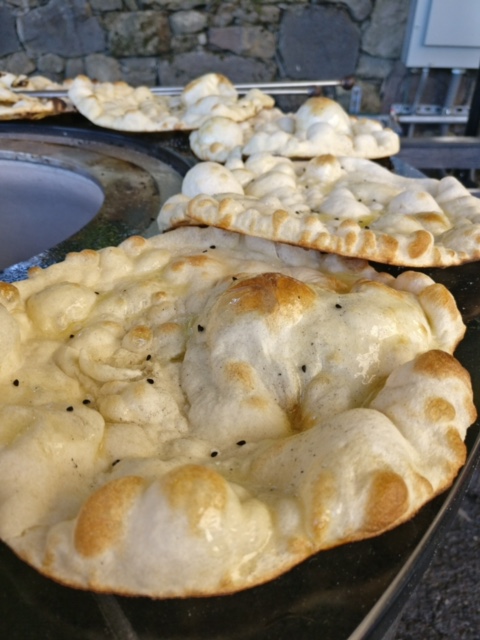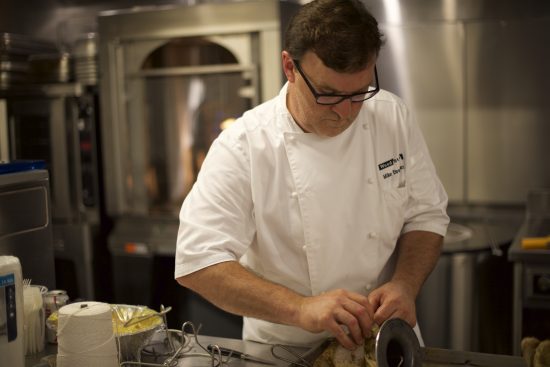Learn How to Use a Tandoor Like a Pro
Stop Being a Naan-Believer
There are few things in life more satisfying than freshly baked naan: the supple, chewy flatbread found in many central Asian cuisines. Made from just a few ingredients and leavened with yeast, the recipe isn’t much different than the breads found in so many cultures all over the world.
Then what is it that makes naan so distinct and delicious? Certainly, the chutneys, condiments, relishes and a good slathering of ghee (clarified butter) add to the appeal, but many would argue that the cooking method is what’s behind the incredible flavor and texture.
That cooking method is, of course, baking in a tandoor oven.
In Tools & Techniques of Tandoori Cooking, our upcoming Advanced Culinary Center class on Sunday, June 4, Chef Mike Brockman, corporate chef of Wood Stone and expert in tandoori cooking, will guide us through the nuts and bolts of this ancient technique.
The initial focus will be naan — with plenty of requisite tasting — but we’ll also cover beef kebab, saffron ghee, chicken tikka, vegetable skewers and plenty of sauces. Attendants will get firsthand experience with the diverse uses of a tandoor oven and walk away with a new understanding of a very old technology.
By this point, you’re probably wondering what the heck a tandoor oven even is! I must admit, even though I have access to this hard-to-find piece of equipment on a daily basis (ICE's Advanced Culinary Lab includes a Wood Stone tandoor), I had quite a few questions myself. So I decided to contact Chef Mike to get some answers.
First, let’s start with the basics: what is a tandoor?
A tandoor is a cooking cylinder made of clay or masonry, with the heat source on the inside and very thick, well-insulated walls. The food is placed into the oven through a hole in the top, which also serves as the chimney.
The heat source is usually open fl ame or coals and these days many of them are powered by a gas flame inside the cooking chamber. Unlike other cooking methods, bread is baked in a tandoor by sticking the dough directly to the walls inside the oven.
ame or coals and these days many of them are powered by a gas flame inside the cooking chamber. Unlike other cooking methods, bread is baked in a tandoor by sticking the dough directly to the walls inside the oven.
Because the walls are so thick and the flame is inside, the heat is much higher as compared to a regular oven —over 700° Fahrenheit. Cooking with the tandoor must be approached with a different set of skills than western style roasting and baking. In my class, we will cover the proper approach, as well as the special equipment required for this ultra-high heat method.
We know that tandoor cooking is often associated with Indian and Persian cuisine, but what are the other culinary uses?
In today’s culinary world, the tandoor should simply be regarded as another method for creative chefs to put heat to food! If it can be put on a skewer and propped in the tandoor, you should give it a go.
Are there any at-home hacks for those of us who don’t own a tandoor oven?
So far, I’m aware of only one residential installation of a Wood Stone tandoor. Otherwise, a grill is probably the only place most home cooks can achieve 600-700° F. If you happen to have a stone hearth oven, that is also a great substitute.
Interested in learning to cook with ICE’s Wood Stone tandoor alongside Chef Mike? Click here to register today! If you have questions or are concerned about your level of experience, contact Chef Robert Ramsey at rramsey@ice.edu.


